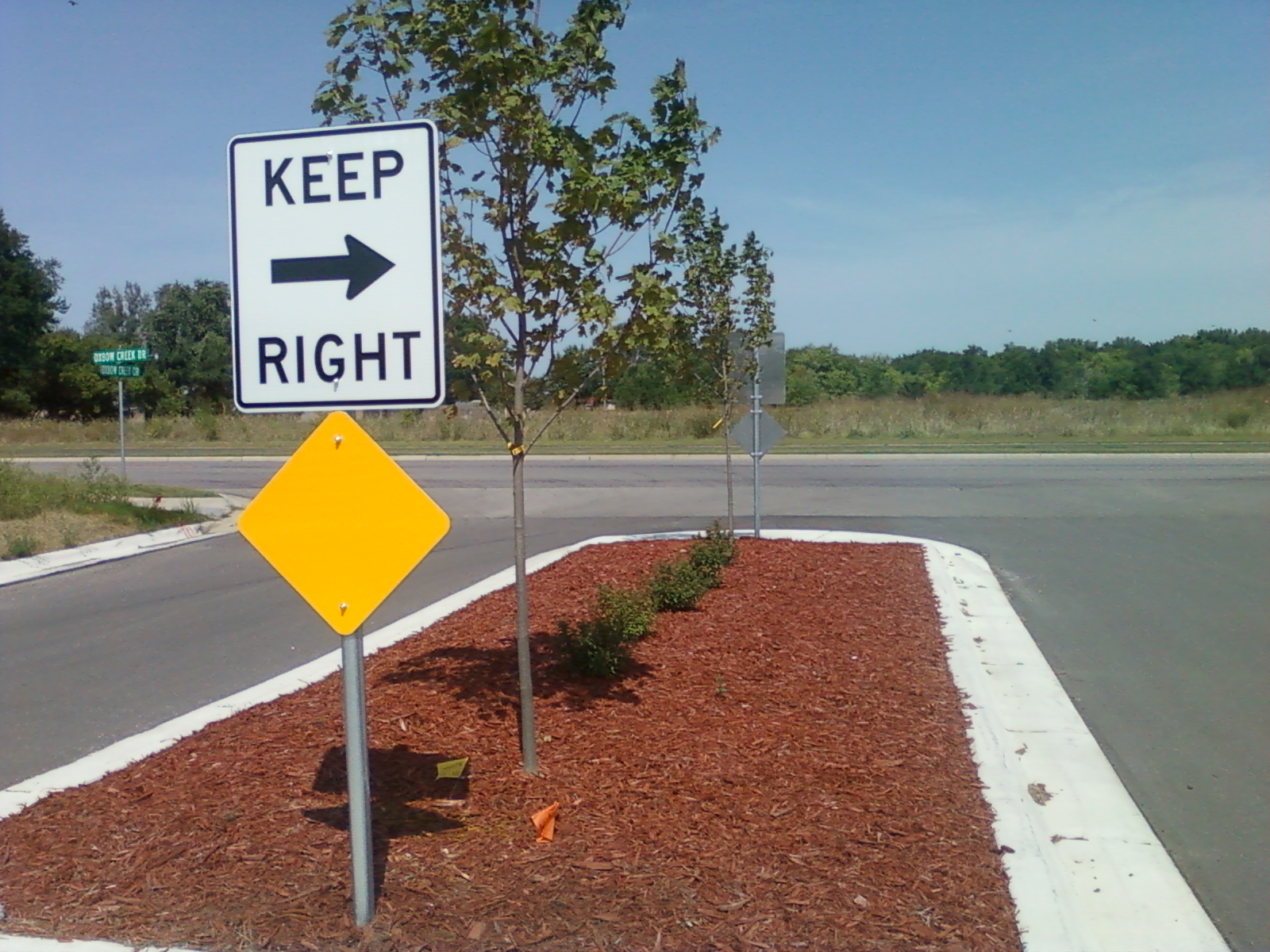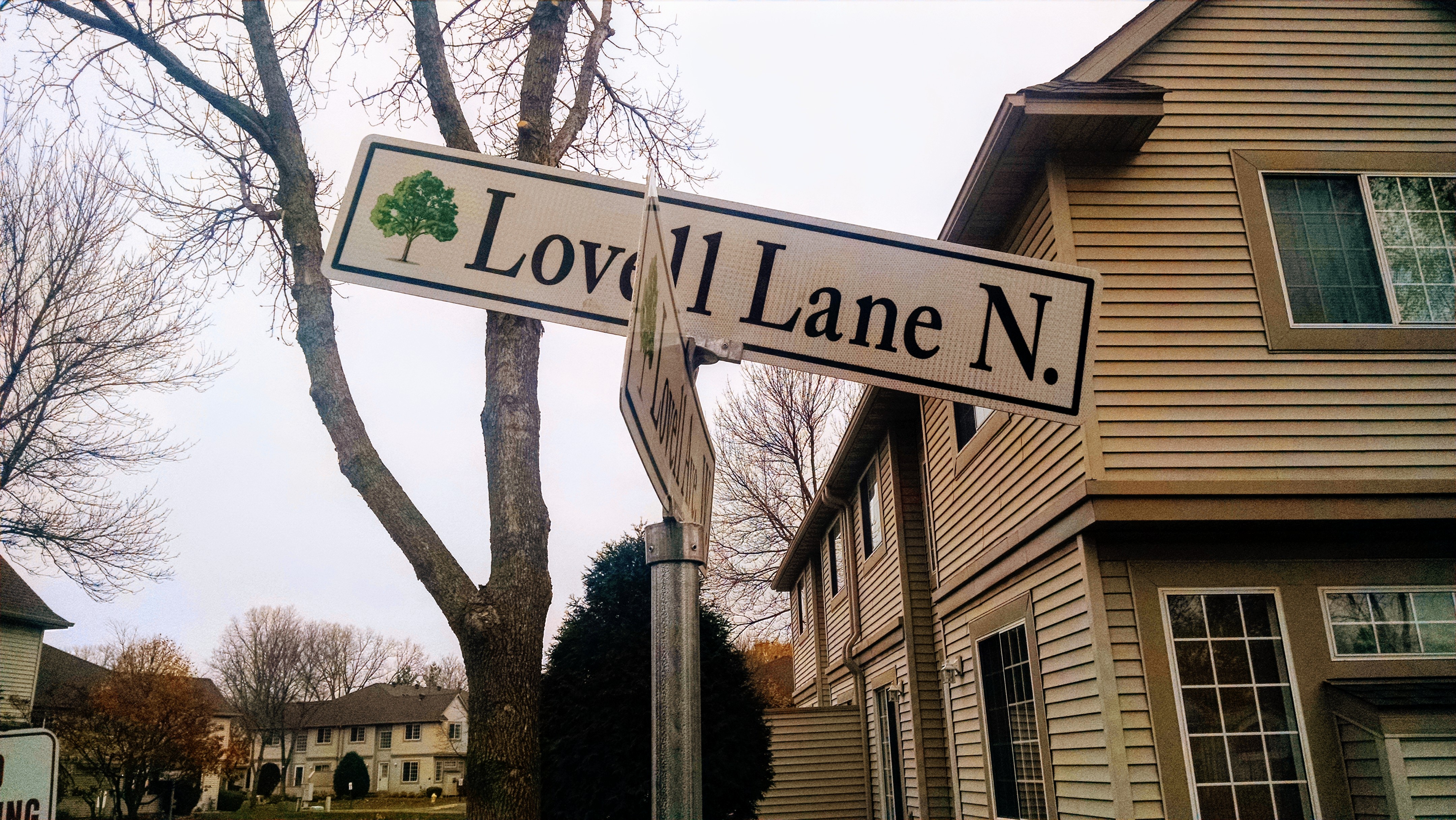The Life Cycle of a Traffic Sign: From Fabrication to Retirement

Traffic signs are such a normal part of daily life that most of us hardly notice them—until one’s missing or unreadable. Behind every stop sign or speed limit marker there is a thoughtful process that ensures the sign does its job: guiding, warning, and protecting drivers on the road.
It all begins with planning. Whether it’s a city installing new signage or a contractor working on a development, the first step is deciding where a sign is needed and what kind of message it should deliver. Planners and engineers rely on safety data, traffic patterns, and local regulations—especially those found in the Manual on Uniform Traffic Control Devices (MUTCD)—to determine the size, shape, color, and wording of each sign.

Once the traffic sign’s purpose is clear, the focus shifts to materials. Most traffic signs are made from aluminum, a favorite in the industry because it doesn’t rust, it’s lightweight, and it’s durable enough to handle the outdoors. The face of the sign is then covered with a reflective material to help its nighttime visibility. Depending on the level of visibility required, the traffic sign could have standard engineer-grade film, high-intensity or diamond-grade sheeting.
Next comes the manufacturing process. Blank aluminum sheets are cut to the right size, corners are rounded for safety, and holes are punched for mounting. After that, the reflective layer is applied and the text, symbols, or arrows are added using techniques like digital printing, screen printing, or vinyl overlays. To protect the sign’s surface from fading or scratching, a UV-resistant topcoat is often added.
Once finished, the traffic sign is ready for installation. The sign's position and angle are just as important as its message. Professionals ensure it’s at the right height and location for maximum visibility and compliance with regulations.

Over time, though, even the toughest traffic signs wear out. Sun, wind, snow, and even vandalism take a toll. That’s why maintenance is an important part of a traffic sign’s life. City crews and private property managers routinely inspect signs to make sure they’re visible and reflective, and that they haven’t been damaged or faded. Some can be cleaned or adjusted, but many eventually need to be replaced.
Most traffic signs last anywhere from 7 to 12 years before they’re retired. When that time comes, many are recycled—especially the aluminum backing, which can be used to create new signs. It’s a sustainable process that not only supports safety but also reduces waste.
So the next time you pass a road sign, take a second to appreciate all the thought, work, and care that went into placing it there. From planning and production to installation and retirement, every sign has a life—and every part of that life plays a role in keeping the roads safer for everyone.